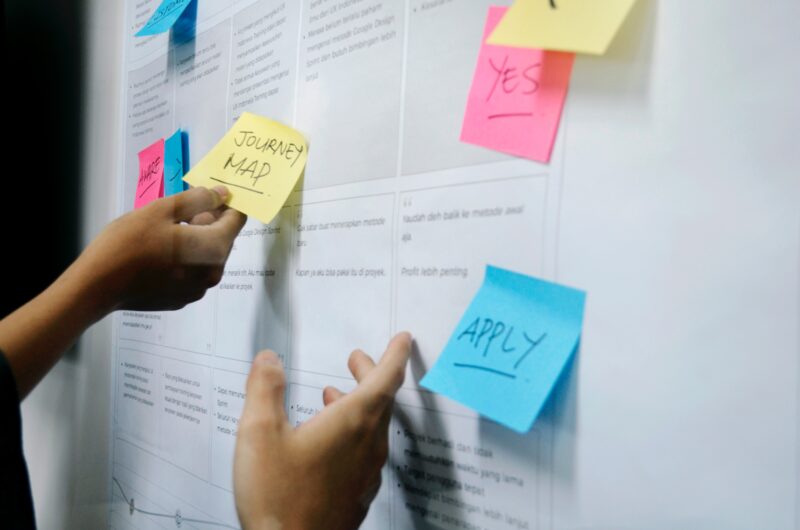I recently went to a leadership training and came across an interesting take on decision-making called Holographic Thinking, which opened my mind to a new perspective I wanted to share with you.
If you know me a tiny bit, you know that I am a huge fan of the pros and cons list when making a decision. I even take it to a whole different level, with levels of satisfaction for each item on the list, and assign a percentage of how important that item is to me. I make a scientific formula out of it. Yup, that’s me. I am a nerd.
So… if you are a bit like me and like to be objective and rational when making a decision, you know that sometimes your heart is not into that logical decision even if it makes perfect sense. But then again, I like to inject logic into it so that I can justify it to myself again and again, for days to come and sometimes months and years to come.
Knowing a thing or two about human psychology, I know that we make decisions by our hearts (emotions) and then justify them by logic. And if you’ve made purely emotional decisions in the past, you know as well as I do that they could lead to very interesting outcomes of their own. Some might refer to them as disastrous.
And so I try to find the balance between logic and emotion. Which one should win?
Read More








